An Unprecedented July: Wildfires, Heatwaves and Historic Hurricanes Explained
According to the New York Times, July has been marked by unprecedented weather events, including a historic hurricane, early-season wildfires, and extreme heat. The New York Times meteorologist and reporter, Judson Jones helps explains the connections between these phenomena.
iStock
Wildfires in California: Last Friday, a wildfire erupted in Southern California, scorching over 20,000 acres by Monday. Another fire in Northern California forced around 29,000 residents to evacuate. These incidents highlight the increasing size and severity of wildfires.
Heatwaves: Over the weekend, the Western United States experienced record-breaking, triple-digit temperatures. Forecasts suggest that this extreme heat will persist.
Hurricane Beryl: Early Monday, Hurricane Beryl made landfall in East Texas as a Category 1 storm after becoming the earliest Category 5 hurricane in the Atlantic. Its heavy rain and strong winds are expected to affect the eastern U.S. this week.
Jones, utilizing prediction models and expert insights, explains these extreme weather events. He acknowledges that while they reflect broader climate shifts, they can also be seen as distinct occurrences.
Understanding the Events: While one could try to analyze these events separately, their is the interconnectedness of the atmosphere. For instance, the high-pressure systems causing the heatwaves in the U.S. are also steering the hurricane.
Ocean Temperatures and Hurricanes: The Atlantic’s current temperatures are typical for September, the peak of hurricane season. This warmth has allowed Hurricane Beryl to develop and intensify rapidly. Jones predicts a temporary lull due to dry, dusty air from Africa but expects more storms as conditions become favorable closer to peak season.
Surprises and Predictions: Unlike the unexpected rapid intensification of Hurricane Otis last year, models accurately predicted Beryl’s intensification. Experts see parallels with the busiest hurricane seasons of 2005 and 1933, suggesting a need for preparedness.
Future Outlook: Climate experts predict more hurricanes due to progressively warmer ocean temperatures. These conditions facilitate rapid storm intensification, leading to more high-category hurricanes.
Infrastructure and Adaptation: To cope with these extremes, Jones emphasizes the importance of adapting infrastructure. He points out that billion-dollar disasters are increasing, not just from heat waves, but also from cold outbreaks, hurricanes, hail, and tornadoes. A single severe thunderstorm with large hail over a city can cause significant damage.
Weather Patterns and Preparedness: Jones remains cautious about overhyping weather patterns but acknowledges their varying impacts. He advises people to be prepared for storms and highlights initiatives like the National Weather Service and the CDC's heat risk forecast, aimed at raising awareness about the dangers of extreme weather.
In summary, while these extreme weather events are concerning, understanding their causes and preparing for them is crucial for minimizing their impact.

